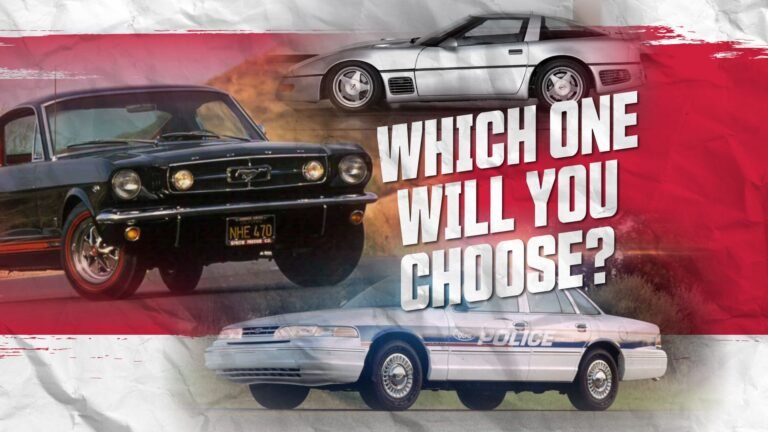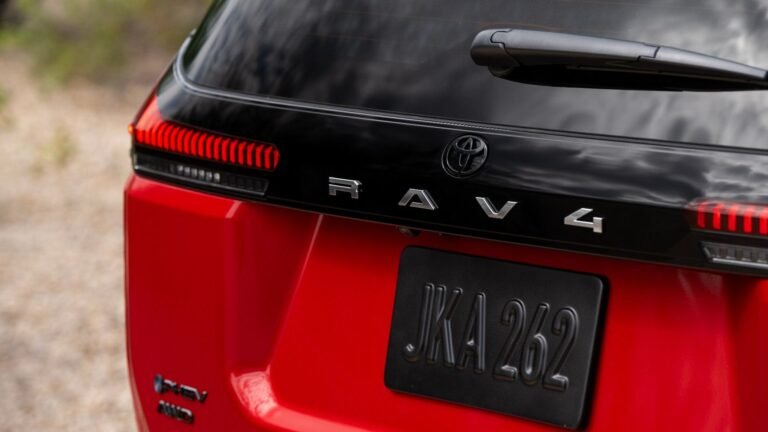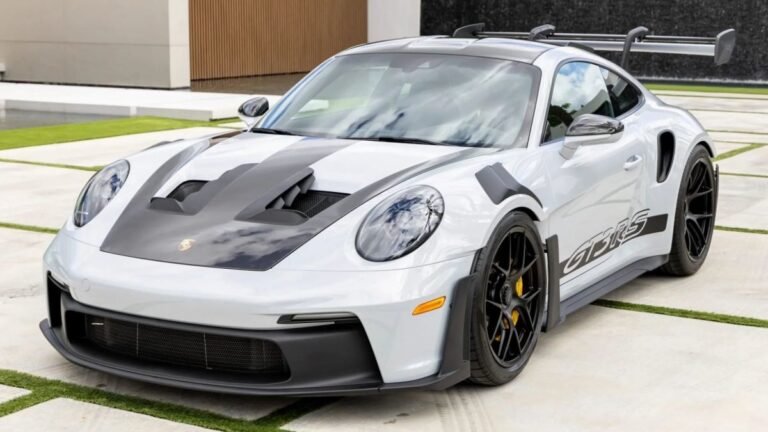From City Cars to SUVs, and Back Again
For years, Smart has been closely associated with Mercedes-Benz as its quirky, urban-minded brand. The company made its mark with the ForTwo, a microcar that became shorthand for efficient city mobility.
Over time, however, Smart just made vehicles like everyone else: it shifted away from the niche city car market and expanded into SUVs and crossovers. The Smart #1, #3, and #5 now fill that space, giving the brand a lineup that mirrors the industry’s broader focus on larger, more versatile models. The iconic ForTwo two-seater eventually faded from production in 2022, leaving Smart without the very product that once defined it.
But not entirely. The brand has now confirmed that it will bring back the city two-seater in a new form, with the upcoming Smart #2 serving as a modern reincarnation of the original icon.
Smart
A City Car Smaller Than The #1
The Smart #2 was announced after the successful completion of “project: two,” the company’s internal feasibility study for a next-generation city car. This new model will be an all-electric, ultra-compact two-seater built on Smart’s own proprietary platform designed specifically for A-segment vehicles. Unlike its current SUV range, the #2 emphasizes minimal footprint and urban practicality.
Mercedes-Benz Design will handle the #2’s styling, while Smart’s in-house R&D team is developing the vehicle. Production will take place in China, where the brand has its manufacturing base. Despite harkening to its city car heritage, the #2 is said to be getting modern connectivity and efficiency solutions meant for urban use.
With the #2, Smart wants to show that its lineup of models can span both premium small SUVs and ultra-compact solutions without losing the character that once made the ForTwo stand out.
Smart
Smart #2’s Ford Bronco Moment
The Smart #2 is scheduled to premiere in late 2026 before rolling out in China, Europe, and selected global markets. The #2 will become the final piece of the puzzle for Smart, a lineup that spans from agile city transport to family-focused SUVs. With two million owners embracing the original ForTwo, the #2 is tapping into nostalgia and a strong customer base.
In that sense, Smart is attempting something similar to what Ford achieved with the Bronco – reviving a once-iconic model with contemporary design and technology while staying faithful to its original purpose. For Smart, the challenge is to prove that the city car still has a place in an era where size and versatility tend to dominate.
Smart


